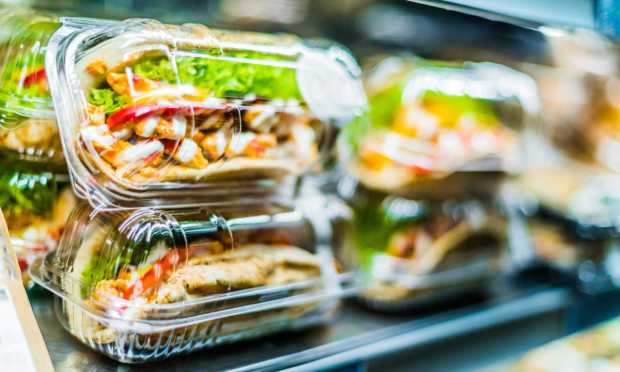Convenience Stores Boost Prepared Food Offerings to Gain Share from Restaurants

As food prices continue to rise, and consumers continue to seek out cost-effective meal solutions that do not require the time it takes to cook from scratch, convenience retailers are boosting their prepared food offerings. They are promising ready-made meals at relatively low prices compared to most restaurants.
7-Eleven, for one, the largest convenience store chain in the world, revealed in a presentation shared with analysts discussing the company’s fiscal year 2022 results, that, in the United States, fast food sales accounted for 13% of total sales, and in the company’s home country, Japan, for 29%. In other areas, the category made up as much as 44% of total sales.
The retailer has been expanding its fast food offerings in the United States, perhaps in an effort to grow the business to be as significant a driver of revenue as it is in other markets. For instance, last month, the company announced two new pizza options, including a breakfast pizza meant to boost morning food sales.
“We’re constantly innovating to offer our customers new, exciting ways to enjoy their favorite things,” 7-Eleven Senior Director of Hot Food Vareesha Shariff said in a statement. “This time, we’re tapping into the trends of more creative and non-traditional pizzas, including savory sauces and plant-based offerings.”
In addition, the company has been looking to drive adoption of its fast food offerings with its 7NOW Gold Pass subscription, which functions like restaurant aggregators’ subscription programs, offering free delivery of many of the retailer’s products with a special focus on its hot food, for a set monthly rate.
Meanwhile, multinational convenience retail giant Couche-Tard, which has more than 14,000 stores across 24 countries and territories, has been investing in growing its prepared food offerings as well. On a call with analysts Wednesday (Aug. 31) discussing the company’s first-quarter fiscal year 2023 financial results, Brian Hannasch, the company’s CEO and president, noted that its “Fresh Food, Fast” hot food program had expanded to 4,000 stores and that the retailer’s food business saw double-digit growth relative to the year before.
“We are pleased with the progress we have made in our food journey and we are excited with the additional opportunities and new items in our pipeline,” Hannasch said.
With these investments in growing their hot food offerings, convenience retailers are quickly becoming a significant source of competition for quick-service restaurants (QSRs). Additionally, convenience stores have the advantage over their restaurant competitors of being able to offer cross-category benefits. For instance, rewards points racked up on meal purchases can be redeemed for discounts on fuel or general merchandise, and vice versa, a benefit that is especially appealing as gas prices skyrocket.
“It’s really interesting in the c-store space, because … we’ve got this really interesting and diverse business that our rewards program unites,” Art Sebastian, vice president of digital experiences at Casey’s, the third-largest convenience store retailer and fifth-largest pizza chain in the United States, told PYMNTS in a June interview. Noting consumers can shop at Casey’s for fuel, groceries and prepared foods, he said, “So, for us, the trend has been really this cross-business-unit behavior. … That is a very valuable guest to us.”
Related news: Racing to Digitize, Convenience Stores Playing Game of Loyalty Catch-Up
